Becoming an architect seemed like the best choice at the time.
Binuta Sudhakaran says it was a struggle choosing a career path. Sudhakaran, who is from India, wanted to make art but was up against cultural and familial expectations. She says it’s hard for some Asian parents to allow their children “to fully immerse themselves in art as a career, because it didn’t really have as much value as it does now in terms of financial stability and growth prospects.”
Because it seemed like a field in which she could use her creativity, she studied architecture and worked in that profession before moving to Davis in 2007 after getting married to join her new husband, who was employed at UC Davis. After immigrating, she began pursuing art more and has been showing her paintings mostly in Davis but also Roseville since 2010.
She calls her work abstract minimalism, and she applies paint to canvas in layers, creating an ethereal effect that suggests movement and contemplation. A lot of her influences come from her memories and the natural beauty of Kerala, the coastal state where she grew up, which she describes as Hawaii on steroids: “Things grow like crazy; there’s color everywhere; it’s hot, hotter wet weather,” she says.
Sudhakaran says she used to paint more representational pieces that were inspired by Indian folk art with bold lines, and she transitioned to abstract pieces — intentionally using no lines and applying stacked fields of hues or amorphous shapes with brayers, often so translucent that the weave of the canvas is still visible — around the time she had her first child in 2013. Her painting output also slowed down around this time, and now, with two children, she recently had to readjust again to facilitate distance learning when the pandemic forced schools to halt in-person classes.
Binuta Sudhakaran has been showing her paintings since 2010.
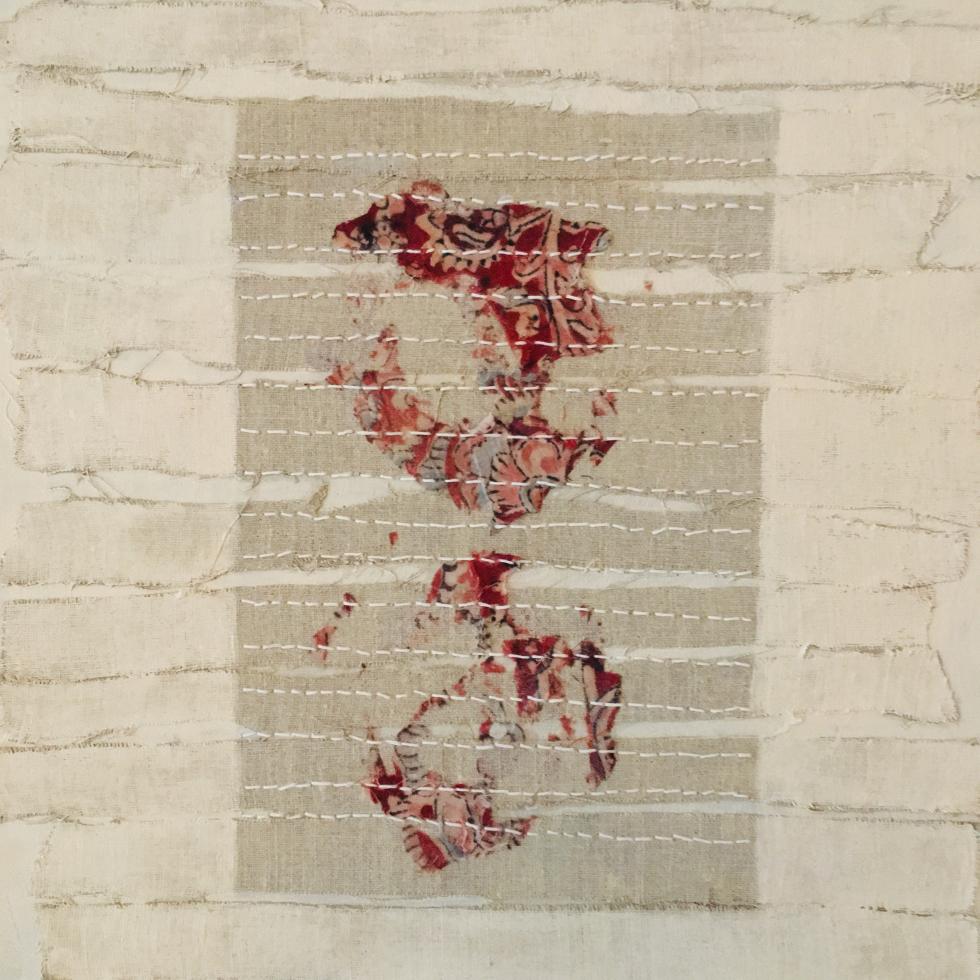
About six or seven years. … Once I moved to the U.S. … I learned pretty quickly that in order to get licensed (to work as an architect here), it took me hours and years of working with a firm or working with (a) licensed architect to be able to work in California. … I did intern with a couple of people who are in the field, just to get a sense of what the business is like, and I wasn’t very impressed, because it’s not very design based, where in India, we did a lot of design work, and almost everyone hired an architect to do any kind of design or building. And over here, I felt like it was very builder heavy.
When did you start an art practice?
I’ve always been doing art. But I think I was still working on representational style, mostly portraits, and still life and a lot of work inspired by the folk art of India. … These are usually made by women using natural color dye, painted on paper or fabric, and they represent village life, they represent nature, deities, some theological stories. So I drew a lot from that style, sort of combined with cubism. …
I felt really tied to the line. … It was hard for me to get really playful. … When you get really studied with the art, it’s hard to break that mold and start being able to play with it. So I just let go of the line completely. … This particular style I’ve been working on since 2014.
Most of your pieces aren’t planned. Do you feel like that adds playfulness and a sense of exploration?
It keeps me mindful, because when you don’t have a plan, you’re drawing from something that’s kind of alive and breathing in you in the moment. … None of these are planned, so I’m left with just emotions from my past, colors, sights and sounds, but nothing really concrete, and it’s all abstract.
Painter Binuta Sudhakaran doesn’t use social media to promote her
artwork because, “It doesn’t work with my lifestyle and my
philosophy.”
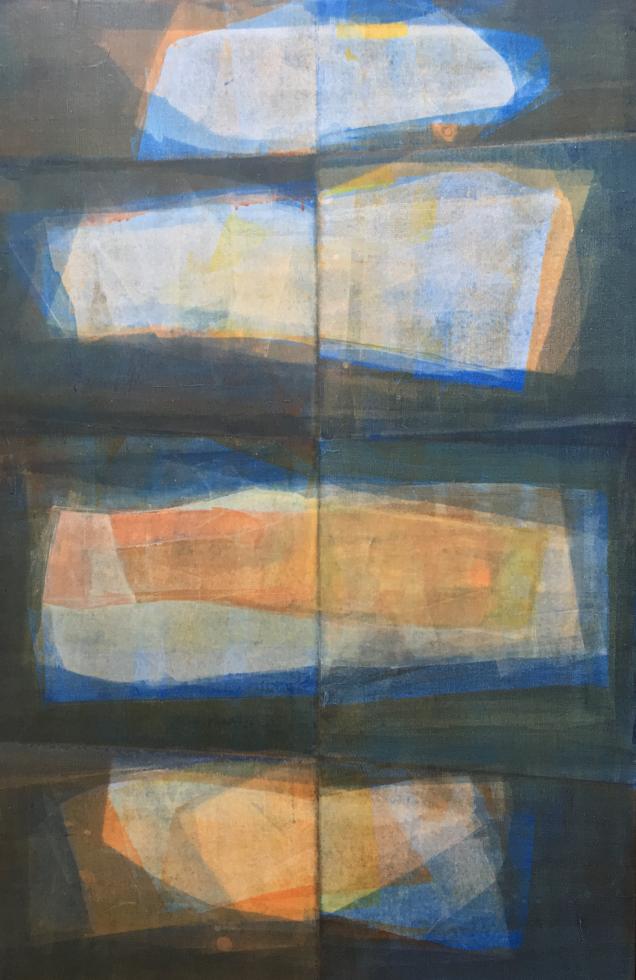
From my experience in seeing around fairs and in galleries, people tend to like things that are representational and that actually have a story that’s very visible. … I’ve had a little bit of a struggle connecting to that aspect of it, because my paintings are really simple. In terms of abstract, if you look at abstract (work) … you get to know a piece when you really sit with it and you experience it. And that takes time, as opposed to being grabbed by a really bright color or a strong line.
It’s kind of been hard for me to get into finding a market for art that’s minimal, and I haven’t seen much minimal work around. …
Luckily for me, as an artist, I’m not in a place where I really need to sell my pieces; my husband’s working (to support the family). … I don’t push the business aspect of it. But I did have my website up last year because I had people request for more information and where they can find more of my paintings. And I do feel like there’s a certain clientele who will appreciate (it) and that I don’t have to try to market my work to the bigger art world.
That’s interesting to hear your perspective, because I’ve been seeing artists who have success with their pieces that are abstract and minimal.
I think it also depends on where you are and how you are exhibiting. So a lot of the group shows that I’ve been part of, I have been the only minimal artist. So I think when you have different voices around you and your piece is really quiet, it’s harder for people to sort of relate to it.
So you were getting requests for more information on your work, and that’s why you decided to launch a website?
Yes (laughs). So this is another element that people usually find hard to accept. When I get inspired, I create something, and I’m happy to let it go, or at some point, turn it into another piece. So I really don’t save my work and store it and catalog it and put it out there, because for me, creating art is a way of processing a memory or an event. … Then it passes, and I need to move on.
You’re also a yoga practitioner and teacher. Do you think some of the philosophy and mindset from that is carried over into your processing and how you create art?
Absolutely. More so, I would say my meditation practice, because I’ve been meditating for years. And I think the stronger my practice got, the easier it was for me to really go deeper into different levels of art making, where I’ve moved from a very maximalist style of color, line and all elements of art on one piece … down to creating much simpler pieces.
Mindfulness is an important component of Binuta Sudhakaran’s
process of painting.
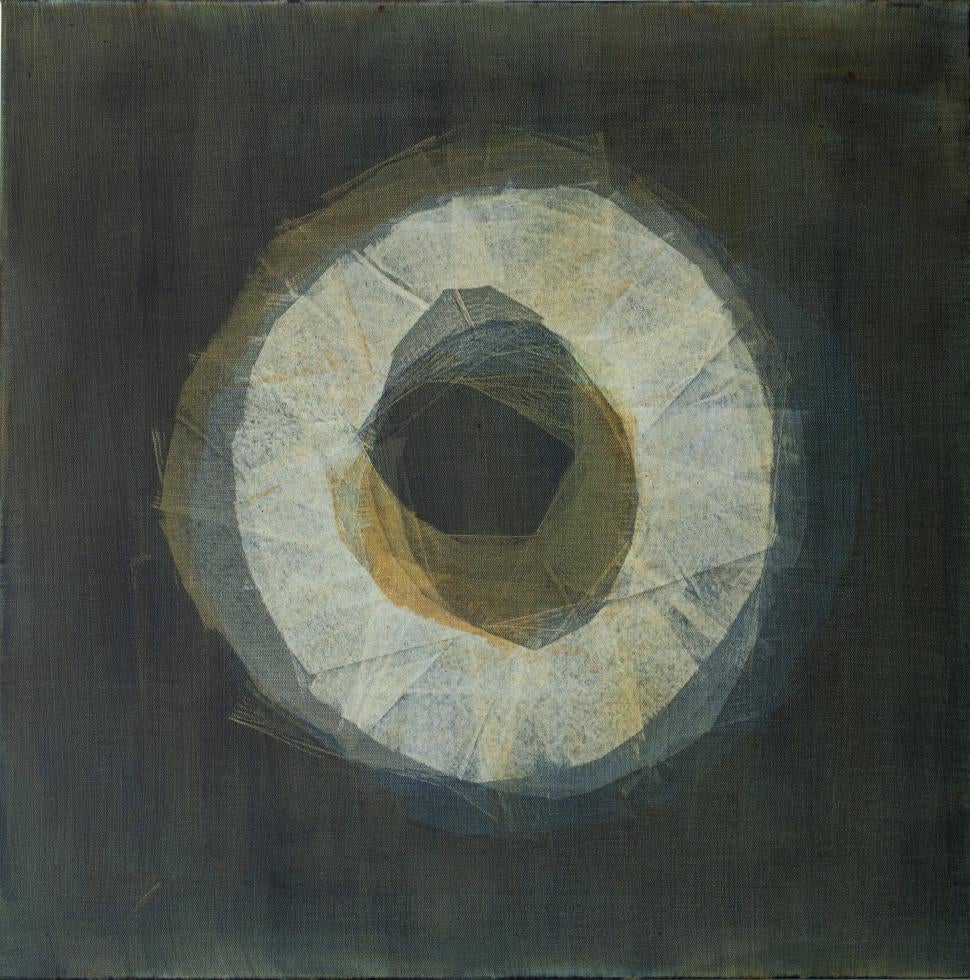
I don’t. It’s all through my website. And that’s intentional. I haven’t been on social media for a very long time. It doesn’t work with my lifestyle and my philosophy. …
But I am part of a group of women, we are all abstract artists. There’s about between seven and nine of us, and we meet every month. We’re going to do a show together at the Pence (Art Gallery in Davis) next year, and we’ve done another show at Art 26 (gallery) in downtown Davis. So we connect to each of those networks and reach out to a bigger market. … The clientele that I have is through those shows.
Is that approach working for you and accomplishing the goals that you want for your art?
Well, I mean, there is a pre-COVID (time), and there is this time that we’re living in that is really hard to speak to. … The artists group that I was talking about, most of those women aren’t raising kids, so I can see that for them, this is an opportunity to really jump into their studio work and create pieces and process everything that’s happening around them. And for me, this has just flipped everything back on its head: I really don’t have time to do any work for myself. …
I’m not focused as much on the business end as I am about producing work that’s really authentic to who I am and what I want to say. And if, at some point, it does attract the kind of people who want to acquire that kind of art, I’m happy. … I also feel like as a person of color, I get a sense that the story I have to say is really unique to this area.
What are your plans going forward?
The phase of work that I have put up on my website right now, it’s kind of transitioning to a different phase of incorporating fabrics and a lot of stories from India. … Several of my family members in India passed away during the pandemic — non-COVID related — and it’s been hard being here and feeling isolated at the same time having to … grieve being so far away from family. And that has drawn up a lot of memories from growing up and just this question of who am I, and where do I belong. And, you know, that whole movement (of) Black Lives Matters, that feeds into this recognition of I am a woman of color living here in this day and age. So my thoughts are along those lines of belonging and identity here in this space, which is, to my eyes, it’s very white.
I’m really sorry about your losses.
Thank you.
You had a two-person show during the pandemic in July 2020 called “Kindred Connections.” How did the show go?
That was crazy. When I signed on to that show, I jumped into it really last minute, because my friend, who was a sculptor who showed with me, Marti Schoen … (was) in collaboration with a woman from Florida, who backed off last minute. So that show had been in the making for a year … and then Marti came to me … in January or February (2020), and she said, “You know, would you like to do the show? And it’s in the summer.” … I said yes, not knowing that the pandemic’s looming, right? So I assumed that the kids will be at school, and I will be able to create this body of work. … While my husband was with the kids, and I whipped out that show. It didn’t take me too long, I think in a month’s time, eight or nine pieces.
Binuta Sudhakaran wanted to infuse more playfulness into her
paintings, so she began experimenting with using just colors and
no lines in her artwork.
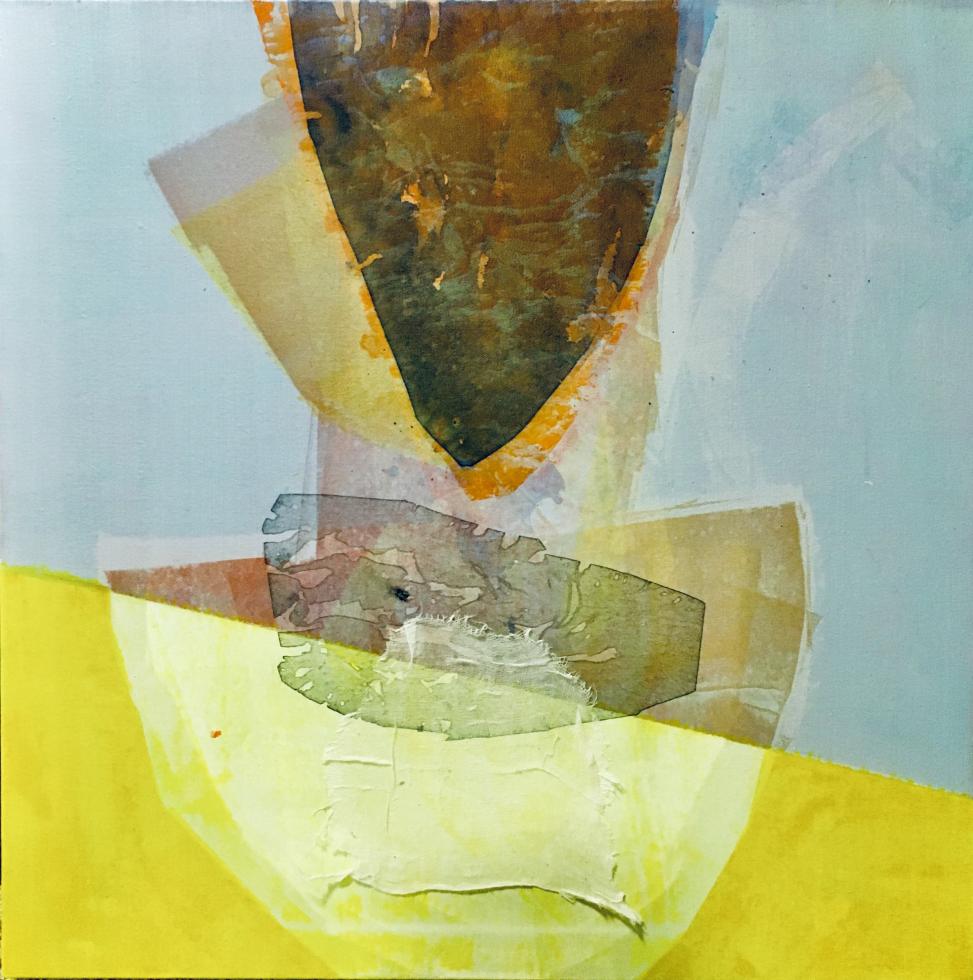
The gallery itself was closed, so Marti and I had to try to find a way to bring people in to see the work. So I’m not really sure how much of the wider community really got to go in there. … We did sell a bunch of pieces, but at the same time, I feel like we weren’t able to really harness the community to go into it, had we had an opening like the Pence usually does. They did cancel that, so we had to do a little event on our own, just outside, all masked. … She and I both made videos that are up on the Pence website, where they kind of do a walkthrough and show all the pieces.
You had nine pieces in that show; how many sold?
One sold at the show, another one went into the auction that they were doing the following month. And that was sold at the auction. One more sold at the auction. And then I had one more sale from that show. So four. …
I wasn’t focused on the end result of where the pieces go — I’m really happy that the pieces went to the people who really enjoyed that kind of work — but I was looking at this as an opportunity to educate and understand and inform and kind of learn more about what people want from abstraction. …
Binuta Sudhakaran is interested in how the immigrant story is
connected to contemporary art “because it comes with so many
different layers of having viewed the world from a different
place and trying to figure out a sense of belonging and
identity,” she says.
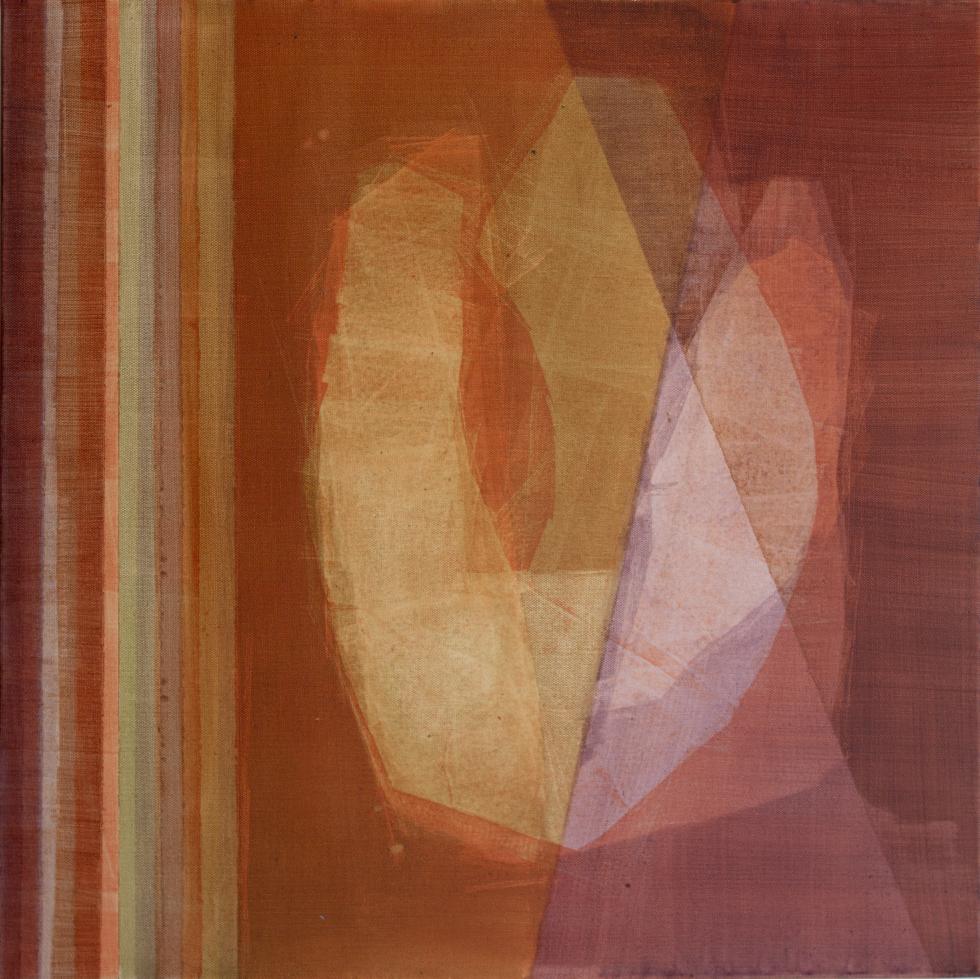
I have a client who came to me saying, “I love your pieces, they’re really minimal, but can you do this piece that’s (a) folk artsy, mythological piece? Because I don’t feel knowledgeable enough to appreciate abstraction.” So I was like, do I want to use this opportunity to educate her and allow her to really enjoy pure abstraction, or should I just give her what she needs and what she’s willing to pay for?
If she sees something and likes it, isn’t that appreciating abstract art?
She appreciated what she saw, but a lot of people feel like there should be more that they should be able to see.
How did you respond?
I am doing a piece for her. … I’m hoping to interpret a specific mythological story, which is very strongly male-oriented, but I’m going to make a spin on it so it’s all female. … I haven’t done commissions in a while because of this particular reason, but … I think there is a way to approach each commission where it’s a process and it’s a collaboration … so they have a stake in it. … It’s like surrogacy.
Edited for length and clarity.
–
Stay up to date on art and culture in the Capital Region: Follow @comstocksmag on Instagram!
Recommended For You
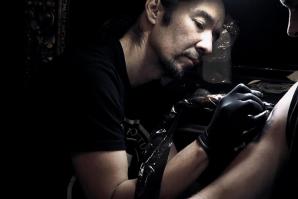
Art Exposed: Akira Beard
How painting saved this artist’s life, and how tattooing supports his work
Akira Beard recently became a tattoo artist so he could “go
anywhere, tattoo, make money while I’m there, trying to open up
doors of opportunity with my actual art,” he says.

Art Exposed: June Steckler
A painter and curator learns it’s easier to manage other people’s art and finds gifts in aging
June Steckler is optimistic about the Capital Region’s art scene
and her role in it as both artist and curator.
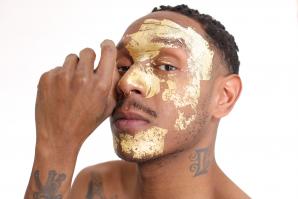
Art Exposed: Jupiter Lockett
A Sacramento artist uses his paintings to address race and social issues
Jupiter Lockett paints in a free and childlike manner, but
his subject matter focuses on the Black experience and is
intended to make the viewer uncomfortable.
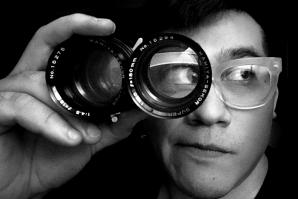
Art Exposed: Octavio Valencia
A photographer talks about fashion, mental illness and a close encounter with Anna Wintour
Octavio Valencia has a secret identity. Or two.



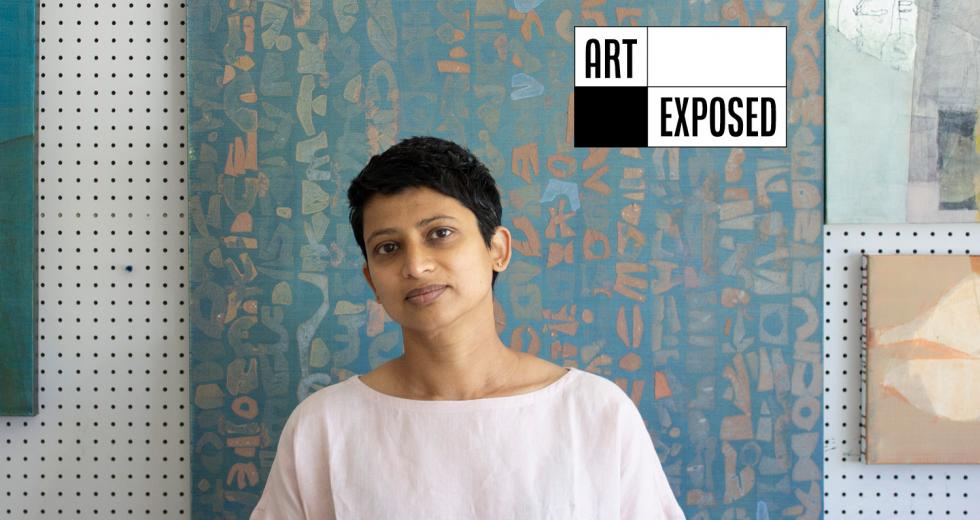
Comments
So grateful for your writing and coverage of art and culture in Sacramento! I always come back to this columnist for the most intimate journalism! Super appreciate your writing- especially as it has gotten us through the pandemic!